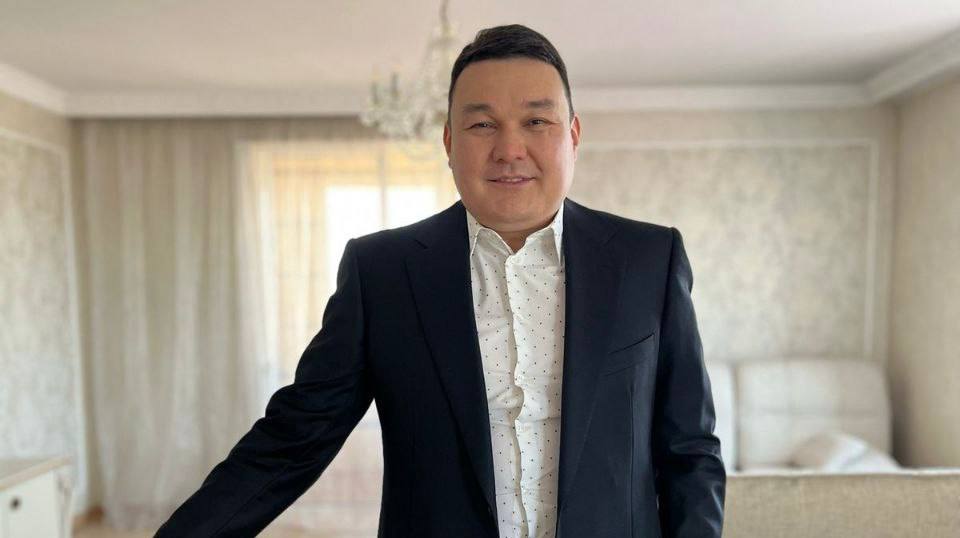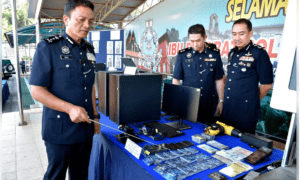The investment life insurance (ILI) market has been experiencing a real boom in recent years. Investors are increasingly drawn to products that not only protect life but also offer opportunities for capital growth. However, behind this surge lie serious challenges. The success of ILI products depends largely on how effectively insurance companies structure their investment strategies and manage risks in an increasingly complex financial landscape.
This is especially true as fintech innovations — from machine learning to big data analytics — are transforming how institutions approach risk management and investment decisions. Recognizing his contribution to advancing fintech-driven solutions. His approach demonstrates how combining technological advancements with solid financial principles helps insurance companies navigate market volatility while ensuring stable, long-term returns.
From aggressive returns to balanced decisions
“Previously, everyone chased aggressive returns, but life has rearranged priorities,” reflects Zharmagambetov, an investment management professional with over 15 years of experience in the insurance sector. “Today, clients want not only protection but predictability. They must know their money won’t evaporate like morning mist during market storms.”
A rare combination of technical thinking as an IT engineer and financial expertise from an MBA has enabled Zharmagambetov to find the golden mean between traditional approaches and innovations. In his hands, computer algorithms have become a powerful tool against market uncertainty.
“When the financial storm is raging, you need a reliable anchor,” Zharmagambetov explains, describing the duration immunization strategy that has become his signature. “Imagine your assets and liabilities as two halves of one whole. If they are perfectly synchronized, no interest rate fluctuations will shake your financial fortress.”
In practice, duration immunization involves matching the asset portfolio’s weighted average maturity (duration) to the duration of liabilities. This way, changes in interest rates have an offsetting effect on both sides of the balance sheet. Zharmagambetov’s approach included a detailed analysis of liability schedules and adjusting the bond portfolio composition to reflect future payment obligations. He strategically reallocated investments between long-term government bonds and shorter-term corporate securities to ensure a balanced, resilient structure.
This approach proved its resilience when Zharmagambetov managed a billion-dollar portfolio of one of Kazakhstan’s leading insurance groups. At a time when many suffered losses, his strategy not only stayed afloat but consistently generated stable returns.
Strategic roles and industry contribution
When working at Halyk Finance, Kazakhstan’s largest investment bank and part of Halyk Group — the country’s leading financial ecosystem — Zharmagambetov improved his expertise in investment management. He was responsible for shaping and optimizing the portfolios of key financial entities such as Halyk Life, Kazakhstan’s largest life insurance company, and Halyk Insurance Company, the second largest company in general insurance. Under his leadership, these portfolios were subject to extensive diversification and duration immunization, which minimized interest rate and market risks, ensured stable returns, and maintained financial flexibility even in volatile conditions. Zharmagambetov paid special attention to implementing ESG-focused strategies and analytical tools to improve forecast accuracy.
Zharmagambetov remains committed to a conservative, balanced approach, demonstrating that sustainable capital management is the foundation of long-term success for insurance companies and businesses.
Innovation and industry outlook
The modern ILI market is increasingly oriented towards ESG principles (environmental, social, and governance standards that companies consider in their operations and investment decisions). “Clients vote with their wallets for sustainability and social responsibility,” notes Zharmagambetov, a member of the CFA Institute and the Green League. “Sustainable development is not just a trendy term — it’s a business necessity.”
Zharmagambetov’s approach is based on a harmonious blend of theory and practice. “You can’t build a solid practice without a solid theoretical foundation,” he believes. He not only publishes his scientific papers but also reviews materials for the journal “Current Research” and serves as a judge at the international Cases&Faces competition, where he evaluates practical cases presented by young specialists.
His work focuses on forecasting accuracy. “We developed a model that allows us to predict returns with up to 94% accuracy,” he shares. This proprietary model integrates duration analysis with stress testing tools and machine learning algorithms.
The model begins by evaluating the portfolio’s duration profile, ensuring precise alignment between asset maturities and liability schedules. Beyond that, a range of macroeconomic scenarios is stress-tested, including sharp interest rate hikes, inflation surges, and geopolitical shocks. Historical market data spanning bond yields, inflation rates, and credit spreads feed into machine-learning algorithms that identify hidden correlations and predictive patterns.
Zharmagambetov emphasizes that combining traditional risk metrics with AI-driven analysis was the key to increasing accuracy from the industry standard of 82% to 94%. “We didn’t rely solely on standard deviation and value-at-risk models — integrating behavioral market data gave us a clearer picture of potential volatility,” he explains.
This approach minimizes portfolio volatility and increases the transparency of investment decisions required by insurance companies with long-term customer obligations. In Zharmagambetov’s opinion, the future of investment life insurance belongs to companies that can quickly adapt to market changes, integrate advanced technologies, and invest in the industry’s professional development.
“My task is not just to manage money but to build a reliable, sustainable financial ecosystem for both companies and clients. This is only possible where there is knowledge, technology, and responsibility for results,” he concludes.





























